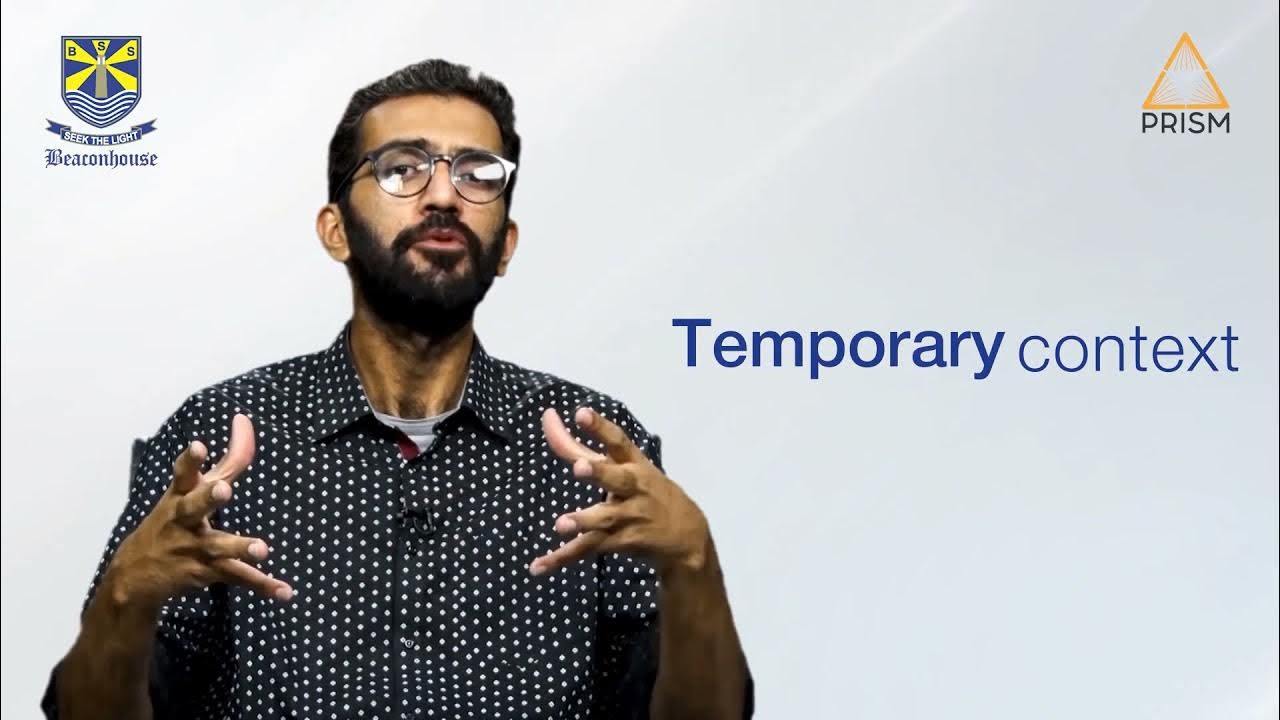Customer Discovery Interview
Summary
TLDRThis video showcases a dramatized customer discovery interview, highlighting the importance of professional development and lifelong learning in the context of evolving technology and platform changes. An HR manager, inspired by the challenges of adapting to new technologies, discusses the development of an application designed to assess employees' skill sets for professional growth. The video illustrates the interview process, where the HR manager expresses the continuous need for updating skills due to constant technological updates, and evaluates prototypes for a new tool aimed at facilitating this process. The emphasis is on the significance of adaptive learning tools in managing workforce development in a rapidly changing technological landscape.
Takeaways
- 😟 This is an example of how not to conduct a customer discovery interview
- 😃 The video features an interview to gather feedback on a professional development application
- 👩💼 The interviewee is an HR manager interested in talent development
- 🤝 The goal is to assess employee skillsets to facilitate training on new platforms
- 😐 The interviewer asks leading questions and makes assumptions
- 💸 The interviewer improperly discusses pricing and business details
- 📊 The interviewee wants reporting capabilities to export data
- 🔐 The interviewee emphasizes the importance of security
- 🎨 The interviewer shows prototypes to get feedback
- 😊 Despite flaws, both parties are friendly and express interest
Q & A
What is the goal of the application being discussed?
-The application aims to assess employee skill sets required for a role and evaluate where employees stand in relation to those skills. This helps plan for professional development as technologies change.
What was the inspiration for this application?
-The inspiration came from an instance where many platform and technology changes happened simultaneously. Managers realized they needed a way to assess where teams stood with new technologies so employees could have time to get up to speed.
Why is lifelong learning and professional development important for the company being interviewed?
-It's very important because the company uses many technologies that are constantly changing. Employees need to continually learn new things.
Has the company undergone platform or technology changes recently?
-Yes, they are constantly changing systems, software, and procedures. Keeping people up-to-date is important.
Who would use the assessment tool within the company?
-The tool would likely be used by managers, team leads, HR, and potentially individual employees to evaluate skill levels.
What features would be important in the assessment tool?
-Key features would include security like password changes, reporting capabilities like Excel export, and assessment of commonly used technologies at the company like JavaScript, Node, Mac, Windows, Google Apps.
What e-learning services does the company currently use?
-They use Coursera for engineers, Stack Overflow for Q&A and tips.
Would this assessment process and future planning be useful for the company?
-Yes, the interviewee indicates it would be useful and doesn't see why people at the company wouldn't use such an application.
How did the interviewee rate the initial prototype shown to them?
-The interviewee rated the initial prototype an 8 out of 10 on likelihood to use.
Which of the two prototypes shown did the interviewee prefer?
-The interviewee preferred the first prototype over the second.
Outlines

This section is available to paid users only. Please upgrade to access this part.
Upgrade NowMindmap

This section is available to paid users only. Please upgrade to access this part.
Upgrade NowKeywords

This section is available to paid users only. Please upgrade to access this part.
Upgrade NowHighlights

This section is available to paid users only. Please upgrade to access this part.
Upgrade NowTranscripts

This section is available to paid users only. Please upgrade to access this part.
Upgrade NowBrowse More Related Video
5.0 / 5 (0 votes)





